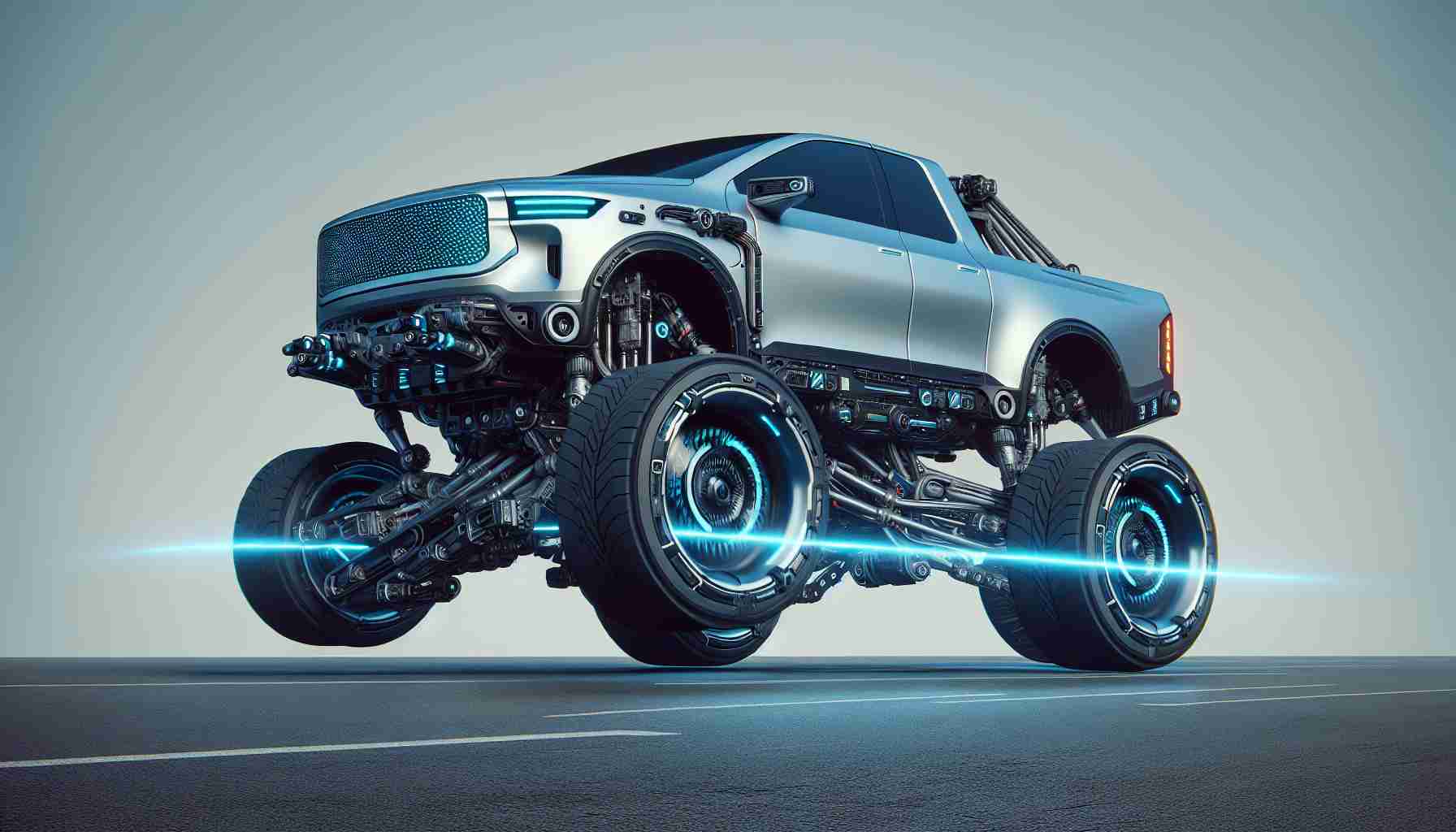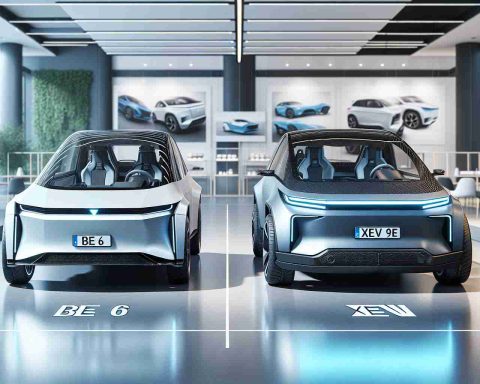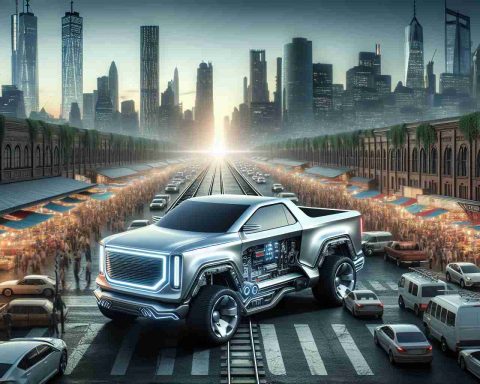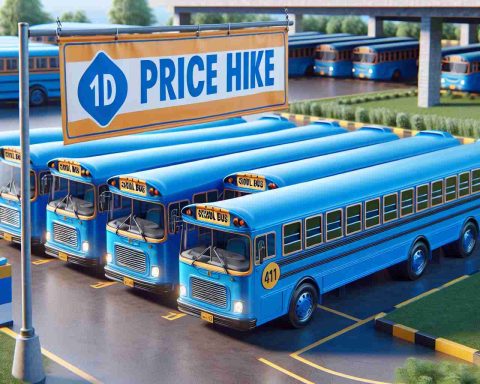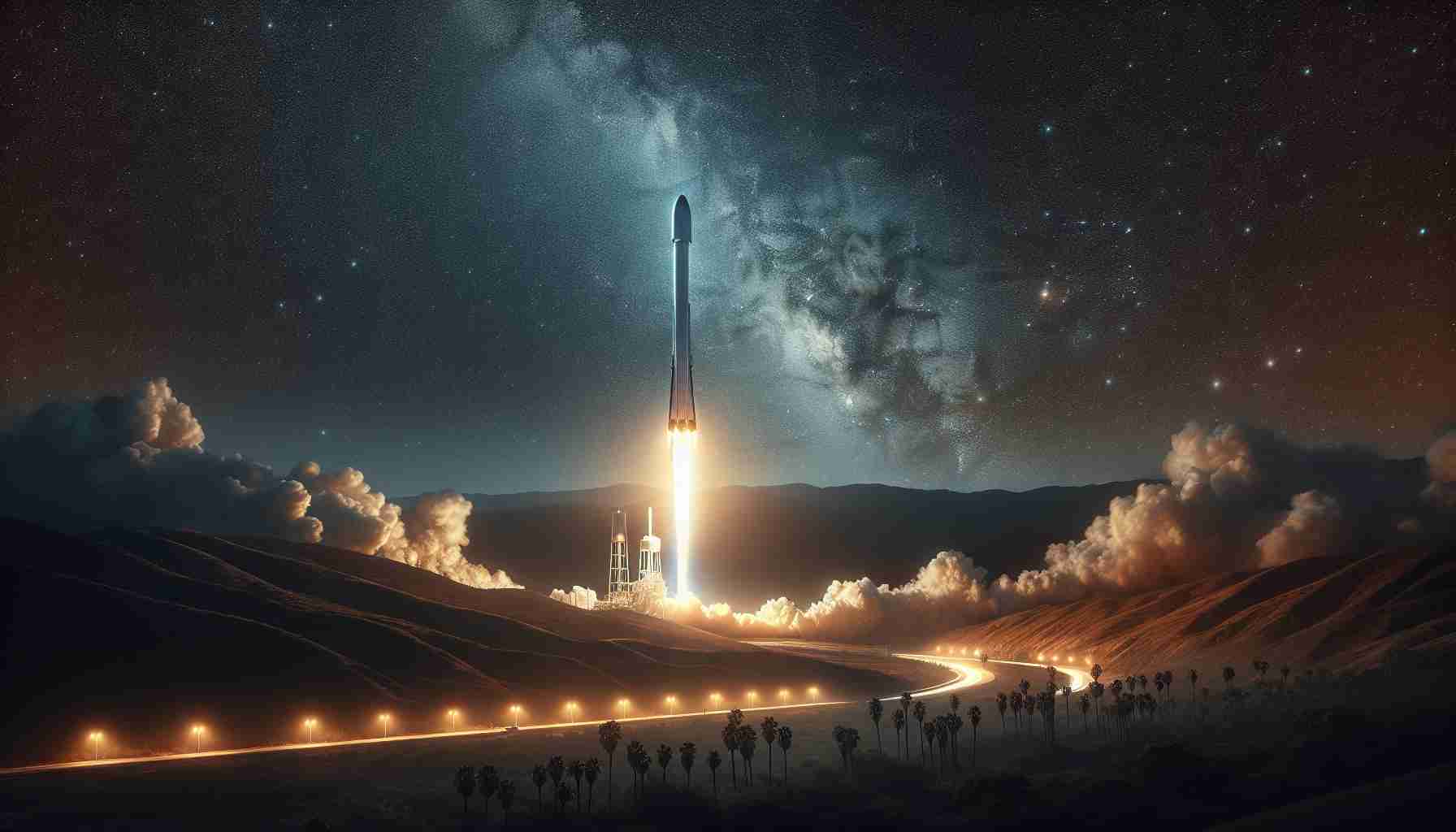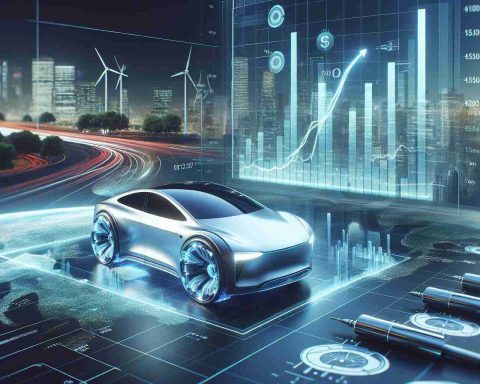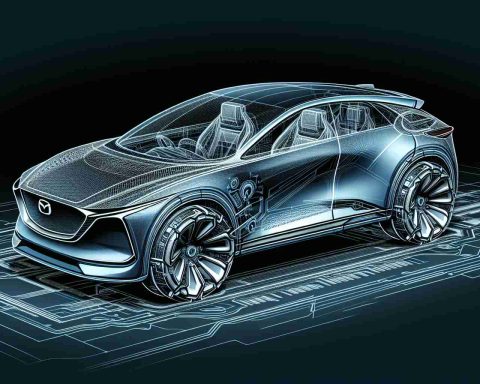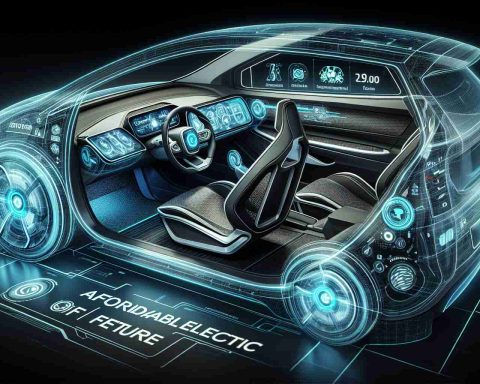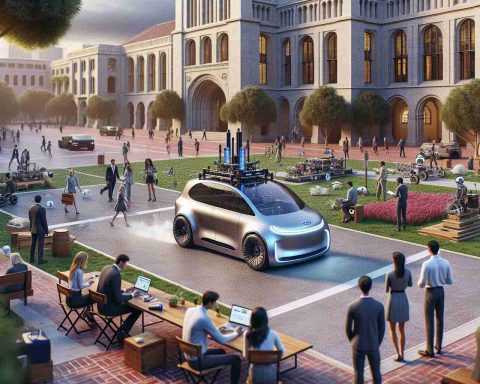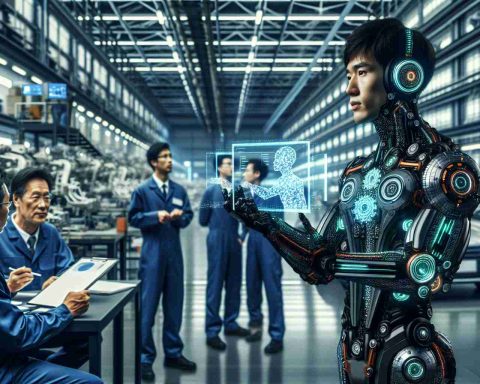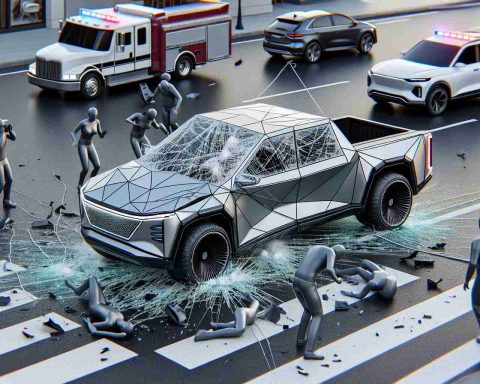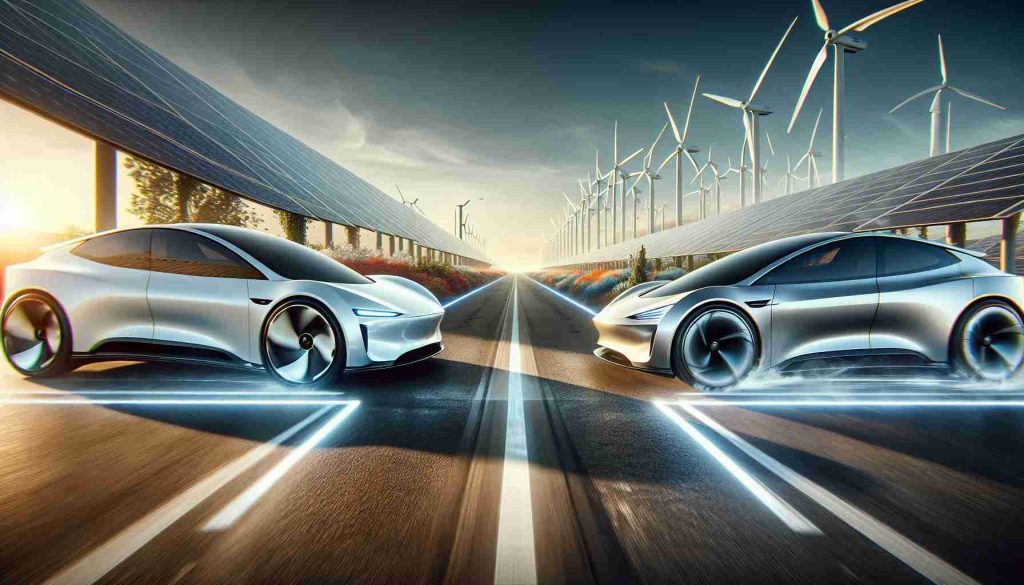- A Tesla Cybertruck with Full Self-Driving software crashed into a light pole, resulting in total loss of the vehicle.
- The driver attributed the incident to complacency while relying on autonomous features, traveling at around 30 mph.
- Despite the crash, the driver emerged unscathed due to the vehicle’s safety mechanisms.
- The driver urged fellow Cybertruck users to remain alert, emphasizing the importance of attentiveness over reliance on technology.
- Tesla has been criticized for a lack of communication regarding the crash, amidst federal scrutiny of FSD’s performance.
- This incident highlights the necessity for human vigilance in the era of increasing autonomous vehicle technology.
In a stunning turn of events, a Tesla Cybertruck equipped with the latest Full Self-Driving (FSD) software smashed into a light pole, rendering the futuristic vehicle a total loss. The driver, Jonathan Challinger, a Florida software developer, took to social media to share the shocking details of the crash, admitting he became too complacent while relying on technology.
Traveling at approximately 30 miles per hour, the Cybertruck failed to navigate a lane ending and veered off course—careening toward a crosswalk pole just moments away from the curb. Although Challinger walked away unharmed thanks to the vehicle’s advanced safety features, he was quick to place the blame on himself, urging fellow Cybertruck owners to stay alert and avoid his mistakes.
In a candid reflection, he recalled moments when he lost track of where he was heading while the Cybertruck autonomously guided him. “Don’t let your guard down,” he cautioned, recognizing the fine line between trust in technology and necessity for vigilance.
Challinger also expressed frustration in trying to communicate with Tesla regarding the crash, revealing they had been unresponsive to his inquiries. The incident has sparked scrutiny, particularly with federal investigations into FSD’s performance in challenging conditions.
The clear takeaway? As we march into an era of autonomous vehicles, the onus remains on us to stay vigilant behind the wheel, no matter how advanced the technology. Is your attention as sharp as it needs to be?
New Insights on Tesla Cybertruck’s FSD Technology and Safety Concerns
Recent Developments in Autonomous Vehicle Safety
The recent incident involving the Tesla Cybertruck and its Full Self-Driving (FSD) software has raised significant questions about the reliability and safety of autonomous driving technologies. While Tesla’s FSD system is considered one of the most advanced in the industry, this accident highlights the potential pitfalls of over-reliance on automation.
# Key Aspects
1. Performance Under Pressure: Investigations into the FSD system are underway, particularly focusing on its ability to handle complex urban environments and sudden changes like lane endings.
2. Driver Responsibility: Users are reminded that FSD is not a substitute for attentive driving. The incident demonstrates the critical importance of remaining alert at all times, which is consistent with Tesla’s own guidelines about the limitations of their self-driving features.
3. Communication Issues: The struggles faced by Challinger in getting a response from Tesla after the accident raise concerns about customer support and the accountability of manufacturers in the wake of incidents involving their technology.
Pros and Cons of Tesla’s Full Self-Driving Technology
Pros:
– Advanced Features: The FSD has capabilities such as auto lane changes and navigating city streets, showcasing Tesla’s innovation in autonomous driving.
– Safety Enhancements: Tesla vehicles are equipped with numerous safety features that protect occupants in case of accidents.
Cons:
– Complacency Risk: Overreliance on FSD could lead to diminished driver vigilance, as seen in this case.
– Customer Support: Difficulty in communication with Tesla’s support team indicates potential flaws in handling post-incident processes.
Market Forecast for Autonomous Driving Technology
As the demand for electric and autonomous vehicles continues to grow, the market is experiencing rapid advancements. Analysts predict that the global autonomous vehicle market could reach $557 billion by 2026, driven by innovations in AI and sensor technology. However, incidents like this could lead to tighter regulations and increased scrutiny.
Frequently Asked Questions
1. What are the limitations of Tesla’s FSD?
Tesla’s FSD is designed to assist in driving but cannot completely replace a driver. It struggles with complex traffic scenarios, unexpected obstacles, and often requires human intervention.
2. How does Tesla handle customer inquiries about FSD incidents?
Customer support from Tesla has been criticized for being unresponsive or slow, as noted by some users experiencing difficulties in communication post-incident.
3. What safety features are included in the Tesla Cybertruck?
The Tesla Cybertruck comes equipped with numerous advanced safety features, including robust structural integrity, automatic emergency braking, lane-keeping assistance, and a comprehensive suite of sensors designed to enhance driver safety.
For more information on Tesla’s innovations in automotive technology, visit their official site: Tesla.
